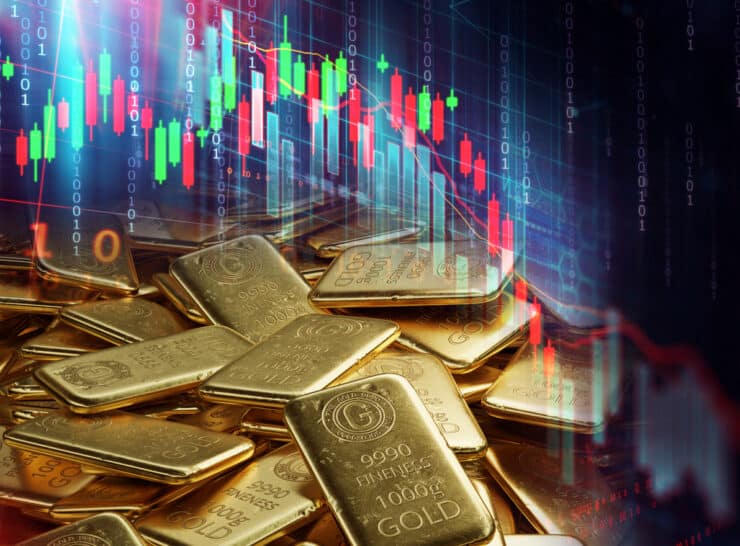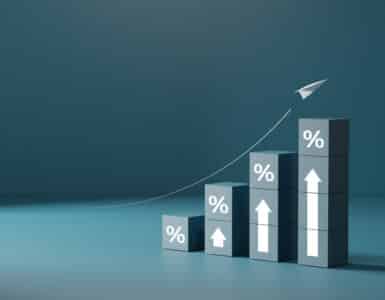Precious metals can be a good investment option. They are valuable because they’re scarce and carry no credit risk. Here is what you need to know about investing in gold, silver, platinum, and palladium.
Gold
Gold has long been valued for its use in jewelry. You can invest in gold by buying actual gold bars and jewelry, buying gold stocks, gold-focused exchange-traded funds (ETFs), and gold-focused mutual funds.
Silver
While gold is the most common precious metal, silver is the runner-up. Silver is used in more products than gold, from electrical items to electronics to photography products. Silver’s price is typically more volatile than gold’s price.
Platinum
Platinum is like silver in that it is an industrial metal. The automotive industry uses it for many vital products, including catalytic converters.
Palladium
Palladium is used in electronics, dentistry, medicine, chemical products, jewelry, and more. It is the rarest of precious metals.
Pros of Investing in Precious Metals
-
Inflation protection. Precious metals prices are usually at or above the rate of inflation.
-
Physical asset. Precious metals are real assets that hold value beyond investment purposes such as jewelry or industrial uses.
-
Liquidity. If you want to, you can sell precious metals rather easily and convert them to cash.
Cons of Investing in Precious Metals
-
Storage costs. If you hold physical precious metals, there are high costs associated with storing and insuring them.
-
Taxes. If you sell the metals for a profit, the IRS will tax them as collectibles at a rate of 28 percent.
-
No income. Direct investment in precious metals won’t generate an income.






